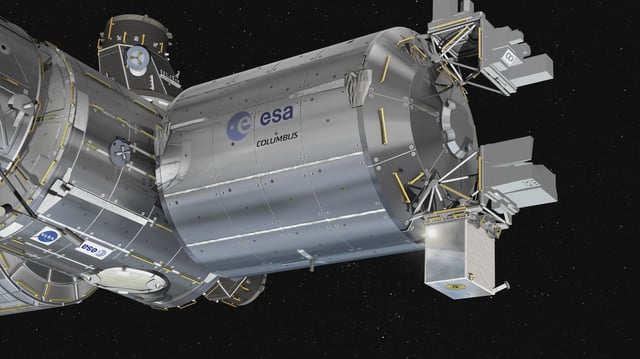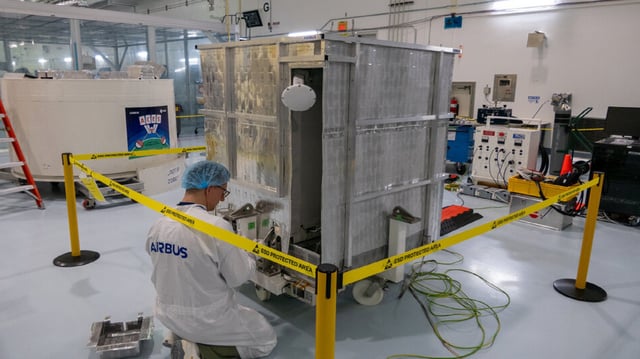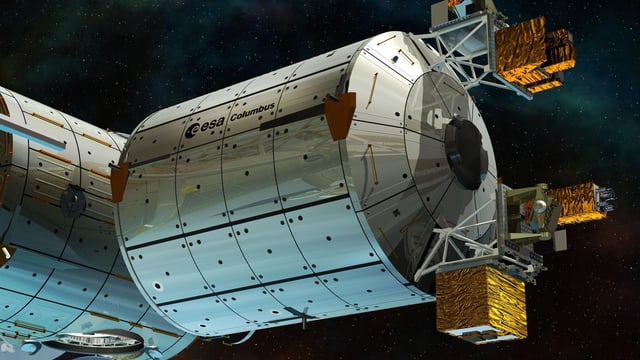Overview
- The ACES payload, featuring the PHARAO and SHM atomic clocks, has been successfully installed on the ISS’s Columbus module using the station’s robotic arm.
- The mission will run for 30 months, conducting at least ten 25-day observation sessions to compare spaceborne and ground-based clock signals.
- ACES aims to test Einstein’s theories of relativity by measuring time dilation effects caused by gravity and velocity with unparalleled accuracy.
- The clocks will also search for potential deviations that could reveal new physics, constrain dark matter models, and inform a future redefinition of the SI second.
- Beyond fundamental physics, ACES is expected to enhance GPS accuracy, satellite navigation, and global time synchronization through ultra-stable time signals.


